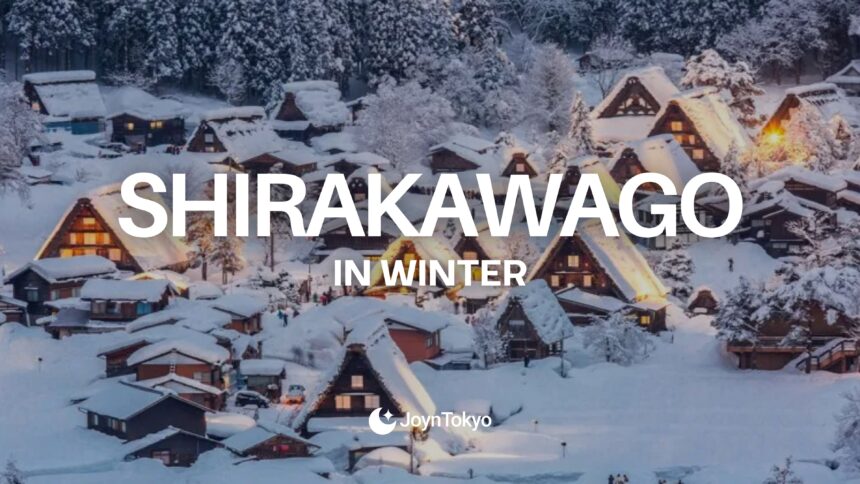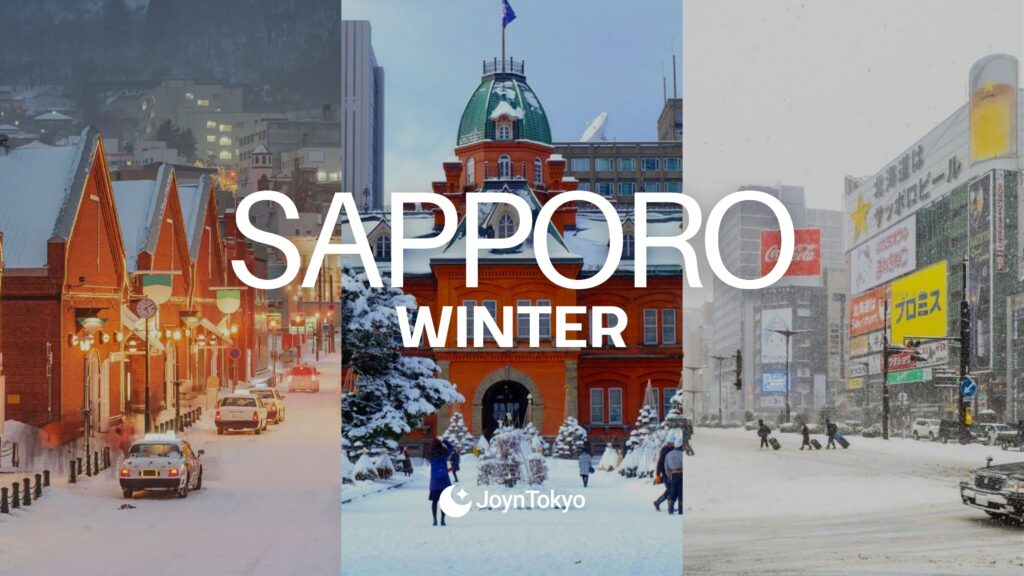Hidden deep in the mountains of Gifu Prefecture, Shirakawago transforms into a breathtaking winter wonderland each year. The traditional thatched-roof houses blanketed in snow, the quiet charm of the village, and the magical illumination events make it one of Japan’s most picturesque destinations. For foreigners living in Japan or visiting during the colder months, Shirakawago offers an unforgettable glimpse into Japan’s rural beauty and cultural heritage.
The Charm of Shirakawago in Winter (Snowy Village Life and Heritage)
When winter arrives, Shirakawago becomes something out of a storybook. The heavy snowfall turns this UNESCO World Heritage Site into a serene white paradise where history, architecture, and nature meet in perfect harmony. The contrast between the white snow and dark wooden houses creates a stunning scene that feels timeless and pure.
The Gassho-zukuri Houses under the Snow
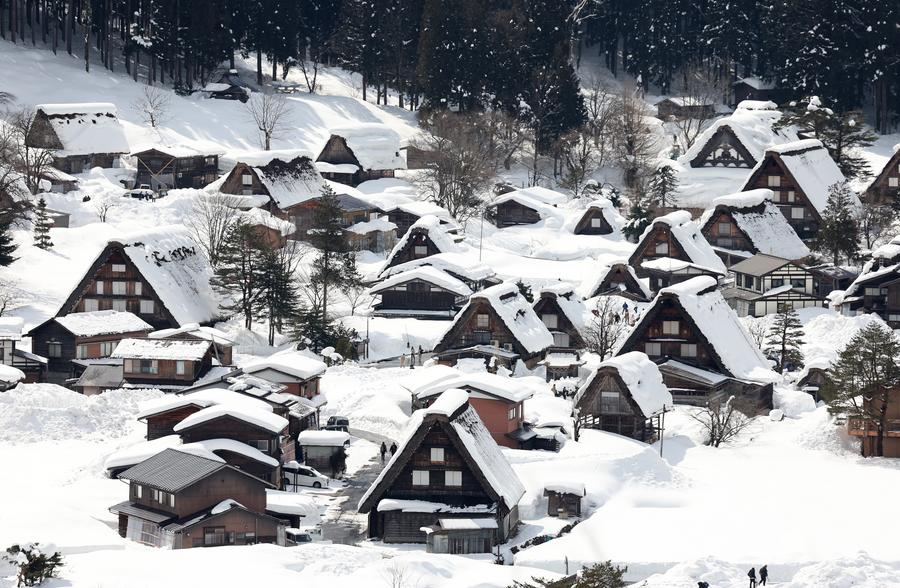
The village is famous for its Gassho-zukuri farmhouses, named for their steep thatched roofs resembling hands pressed together in prayer. These roofs are designed to withstand massive snowfalls, a testament to the wisdom of traditional Japanese architecture. In winter, they look especially enchanting — smoke curling from chimneys, roofs blanketed in snow, and warm lights glowing from within, creating a postcard-perfect view.
A Living Heritage
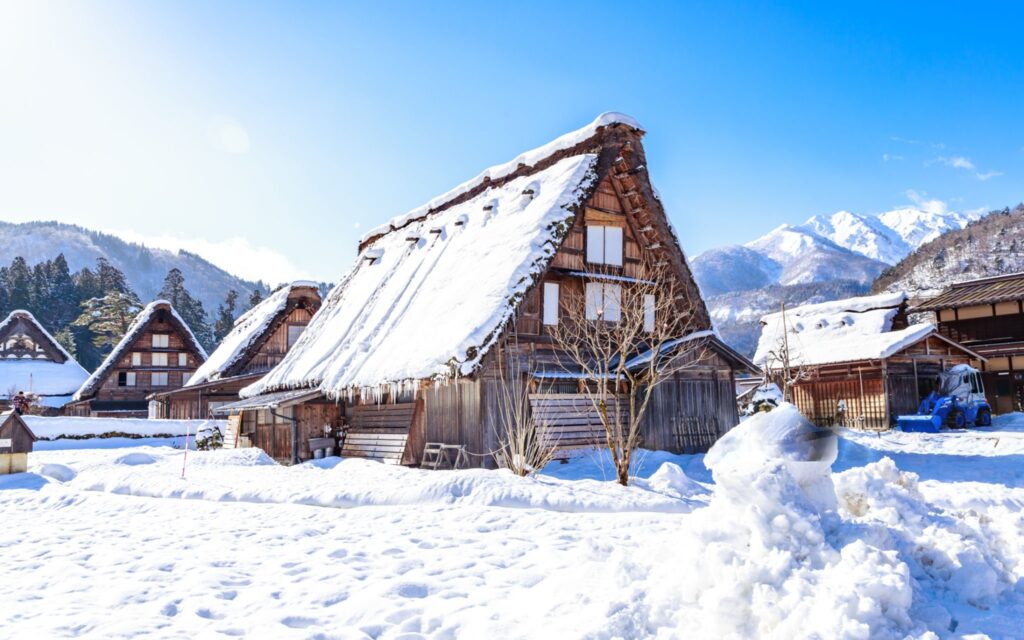
Unlike many preserved towns, Shirakawago is a living community. Locals still inhabit the centuries-old houses, maintaining traditions of farming, weaving, and handcrafting that have been passed down for generations. During winter, the slower rhythm of life and the quiet atmosphere give visitors a sense of peace and connection with old Japan.
The Iconic Shirakawago Winter Light-Up (2025 Schedule and Access)
Perhaps the most famous attraction of the season, the Shirakawago Winter Light-Up transforms the village into a glowing dreamscape of snow and light. The sight of illuminated thatched roofs under a starry winter sky is something that stays with visitors long after they leave.
2025 Light-Up Schedule and Details
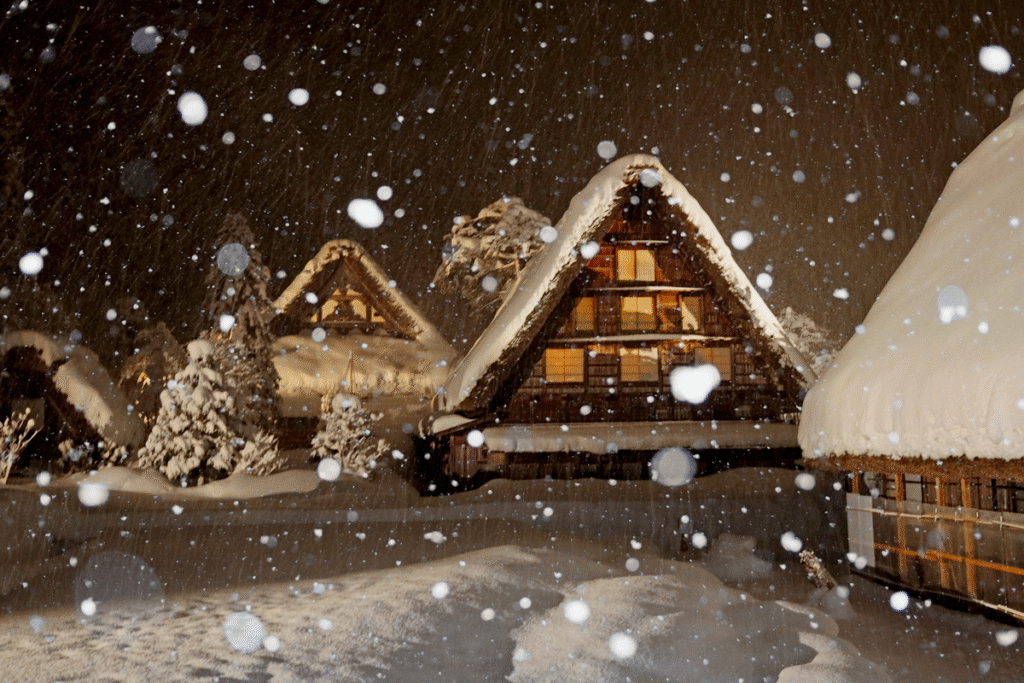
For 2026, the Shirakawago Winter Light-Up is scheduled across four sessions: Monday, January 12 (Coming of Age Day – National Holiday), Sunday, January 18, Sunday, January 25, and Sunday, February 1. Each evening runs from 5:30 PM to 7:30 PM, when the Gassho-style houses glow under soft lights, turning the snowy village into a surreal landscape that draws photographers and travelers from around the world.
Because of its popularity, entry is limited to preserve the environment and maintain the peaceful atmosphere of the village. Visitors must apply for entry or accommodation packages in advance through the official website or travel platforms like Klook.
How to Get to Shirakawago in Winter (Bus and Car Access Guide)
Reaching Shirakawago in winter is part of the adventure itself. The snow-covered mountains and winding roads make the journey scenic but also require careful planning. Transportation can be affected by weather, so checking schedules in advance is highly recommended.
By Bus
The most convenient and popular way to visit is by highway bus, with regular services from several major cities.
From Takayama Station: The trip takes about 50 minutes and offers beautiful views of snowy valleys and mountain rivers along the way. Buses are frequent, and the route is smooth even in winter conditions.
From Kanazawa Station: The journey takes roughly 75 minutes via the Hokutetsu Bus. Kanazawa is a great base for travelers who also want to explore its famous gardens and samurai districts.
From Nagoya Station: This longer trip takes around 3 hours on the Nohi Bus, crossing through tunnels and mountain ranges that showcase central Japan’s winter landscapes. It’s the most scenic and comfortable option for long-distance travelers.
Round-trip fares range from ¥2,000 to ¥6,000 depending on departure point and company. During the light-up period, tickets often sell out, so booking early is strongly advised.
By Car
Driving offers flexibility and allows you to explore nearby towns at your own pace. The Tokai-Hokuriku Expressway connects to the village via the Shirakawago IC, where a large parking area is available near the entrance. However, snow tires or chains are mandatory, and it’s important to check weather forecasts before departure. Roads are generally well maintained, but heavy snow or fog can reduce visibility, making careful driving essential.
Where to Stay: Cozy Winter Accommodations
Staying overnight lets visitors experience Shirakawago in its most peaceful state — early in the morning or late at night when the village is quiet and covered in fresh snow. It’s the best way to truly feel the rhythm of life in this mountain community.
Inside Shirakawago Village
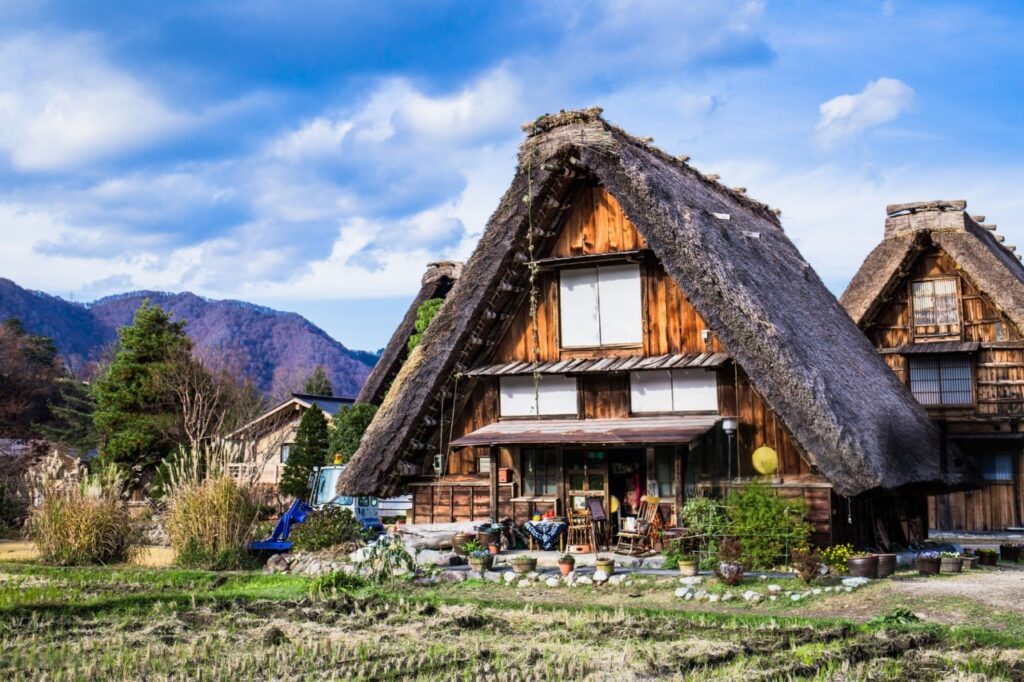
Several Gassho-zukuri farmhouses have been converted into minshuku (family-run guesthouses). Guests can sleep on tatami mats, warm themselves by a traditional hearth, and enjoy homemade meals featuring Hida beef, miso hot pot, and local mountain vegetables. These stays offer a rare opportunity to experience Japanese hospitality in an authentic countryside setting. Because demand is extremely high during winter, reservations should be made months in advance.
Nearby Towns and Cities
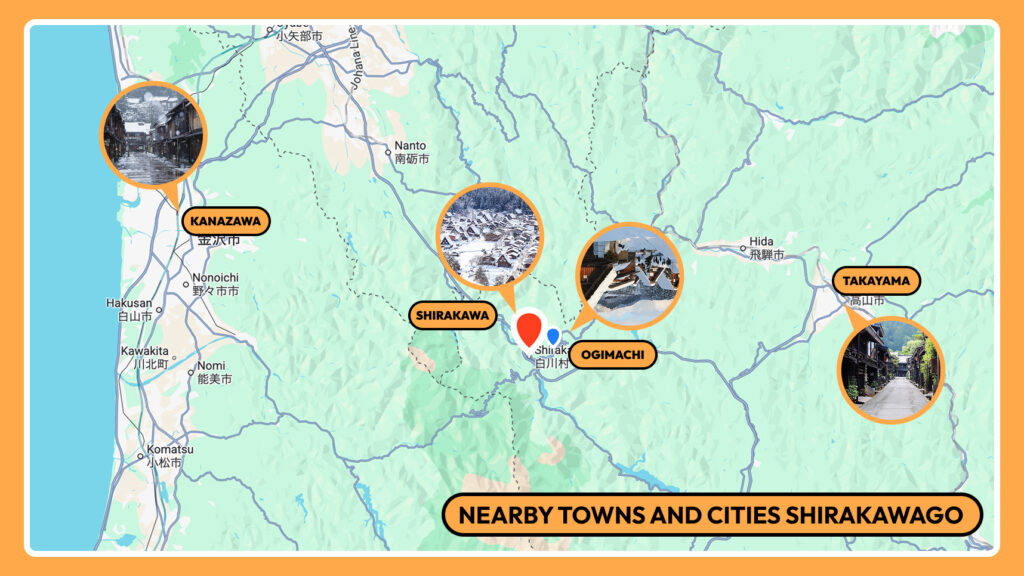
If staying in the village is not possible, nearby towns provide convenient and comfortable alternatives.
Ogimachi: Located within walking distance of the main site, it’s perfect for travelers who want proximity without the crowds. Some guesthouses here also feature traditional architecture and snowy views.
Takayama: About one hour away by bus, this historic town offers many hotels and ryokan surrounded by old Edo-style streets. It’s an ideal base for exploring both Shirakawago and the Hida region.
Kanazawa: This cultural city is around 75 minutes by bus and offers modern accommodations, fine dining, and access to Kenrokuen Garden. Staying here allows travelers to blend rural charm with urban comfort.
Local Tips for Foreign Residents and Expats
Those living in Japan can take advantage of flexible schedules to cultivate a deeper appreciation for seasonal travel. Visiting Shirakawago in winter can be a meaningful escape from city life.

Visiting Off-Peak Times
Try visiting on weekdays or outside the light-up period for a quieter experience. Even without the illumination, the snowy scenery and peaceful streets make the village feel otherworldly. You can explore at your own pace without crowds or long lines.
Combine with Nearby Destinations
Make the most of your trip by pairing Shirakawago with nearby destinations. Takayama offers beautifully preserved Edo-period streets and morning markets, while Kanazawa provides a rich cultural mix of art, food, and architecture. Combining these stops makes for a rewarding multi-day winter journey through central Japan.
Embracing the Magic of Shirakawago in Winter
A trip to Shirakawago in winter is more than sightseeing: it’s a step into a living postcard where time slows down and traditions endure beneath layers of snow. The warmth of local hospitality contrasts beautifully with the cold, creating an unforgettable experience.
For foreigners living in Japan, it’s not just about seeing a famous spot, but also about discovering the soul of rural Japan that continues to thrive in the heart of winter. So wrap up warm, plan ahead, and get ready to witness one of Japan’s most iconic winter landscapes — Shirakawago, where snow and tradition shine together.

